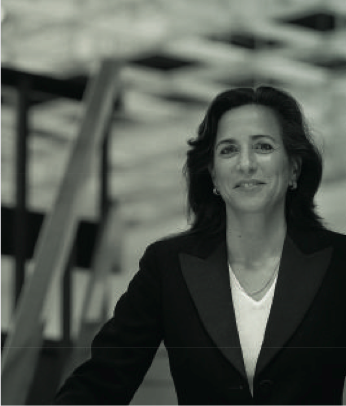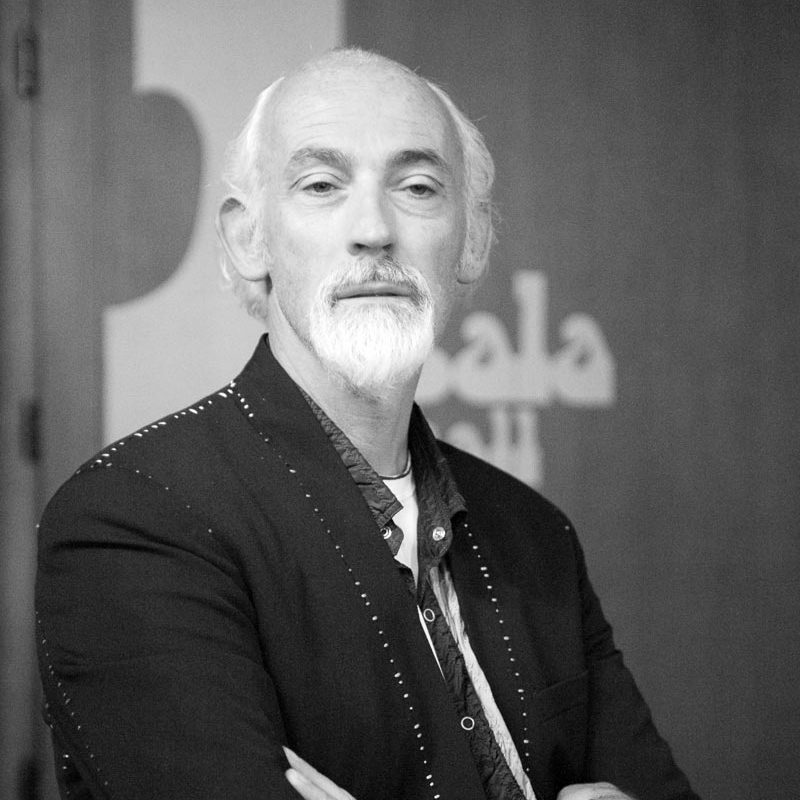
INTERVIEW WITH LAURA LEE – POLITIKA
SERBIA DOESN’T TAKE GOOD CARE OF WHAT IT’S GOT
“The potential of your country is in the layers of history, but you do not exploit that enough, you don’t invest in what makes you unique. Fear of change, lack of faith, lack of information… Anyone who says they haven’t experienced it at least once in their life, is not telling the truth. So there’s a reason we are paraphrasing Einstein who famously said you cannot solve the problem in the same way that caused the problem in the first place.”
Einstein was duly quoted during BDW by Laura Lee. In fact, this professor, architect and consultant, former director of the School of Architecture, College of Fine Arts at Carnegie Mellon University, has managed to change the mindset of public administration of a large part of a continent – South Australia, in just three months. After that, nothing was same there: the govrnment, the investors and the creative industries have interconnected so much, that they have achieved their primary goal – a satisfied population. When you hear her speak, it becomes clear why this “land at the end of the world” was declared the world’s best place to live. It all started with the program “Thinkers in Residence”, half way through the last decade, and is being implemented now in Adelaide.
Who designed the program, for what purpose, and what is it exactly?
The idea is great. Truly innovative. It exists only in Australia. The government of a country calls you, as an expert in the field in which you are the best, for a consult, and they really listen. You have access to everything, all the time, from a direct contact with the Prime Minister, for example, to the possibility to create
a way to communicate with other interested parties – investors, creators, local community. You have several months throughout a year to try to make a change and improve something. The best of all is that the whole thing was initiated by Mike Rann, the Prime Minister of South Australia, who himself was open-minded enough to wish to change his perception of reality. He was inspired by the Adelaide Festival of Ideas, something similar to the Belgrade Design Week, which is held there on a regular basis.
What exactly does it mean to change the way of thinking of a massive government apparatus?
Regardless of the field of expertize, for example, they contacted me for my main calling, architecture, the prerequisite is that the interlocutors are open. Only if politicians have ears to hear, the rest will follow: shift the focus from cost-management to value creation, connect the local and the global so that even art, architecture and design are related to solving everyday problems, such as sustainable development, start combating poverty, provide better health care and finally, forget about vertical decision-making and turn to decentralization of the way of thinking. Teach them to have faith in someone else’s judgment and ability to change, so that they get rid of fear. If you never make any mistakes, you will never achieve anything innovative.
What was your innovation?
It was in convincing them that cooperation is the most important thing. A true multi-disciplinarity. Instead of one- on-one consultations with the politicians, potential investors and artists, I set up a new system – we worked in workshops, the same way designers work in studios. Everyone was working with everyone else at the same time. They were not used to that kind of exchange, especially those in political positions, where everything is done hierarchically, where those below you do not ask questions and suggest ideas but only implement your decisions, where it is considered that art is a luxury and a mystery that nobody understands. Administrators who make construction plans, investors, architects, designers and representatives of the local community, all worked together. Everyone kept asking me what I think. That doesn’t matter. Ask citizens what it is they want. That’s where it all starts.
You said that when the crisis strikes, the easiest thing to do is to cut the budget for culture, but that that won’t get us anywhere.
That’s right. The shift is to understand that the State can really benefit from a close relationship between, for example, creative industries and all the other sectors of society and economy. That design, as a practical discipline, for example, is a factor which connects the social well-being, economic prosperity and sustainable development. Of course, another component must be added – how to take care of everything that is being “governed”. Nothing can survive if it is not handled properly, starting with the decision makers.
You spent a few days in Belgrade, you met the people, saw our city. Where do you see our potential?
In the layers of history that should be used and emphasized. It sounds like a cliché, but it’s true – you live in the area with a huge wealth of different influences: cultural, social, architectural, and why not say it – gastronomic. You don’t exploit it enough, you don’t invest in what makes you unique. And that is a luxury you can’t afford. In addition, you don’t take good care of what you have. The state the building of the Museum of Contemporary Art, where I gave the speech, is in, is unacceptable. That is not the way to make Serbia a better place to live.
Is it true that australia is really the best place to live, as some research suggests?
It’s hard to say yes or no, so directly, because it is measured by a variety of factors but we could say that the Australians are easygoing, that they live in an environment devoid of great stress, as much as it is possible, and that they have no prejudices. That’s why they tend to accept innovation and progress. And that’s why they are satisfied.
Trackback from your site.
